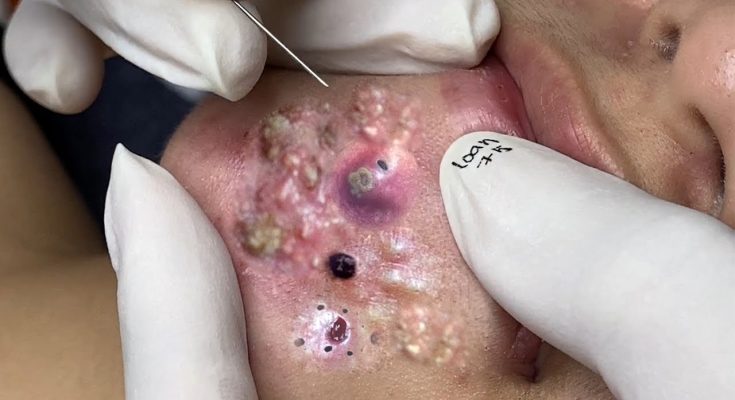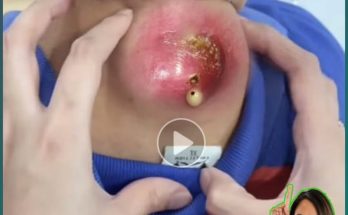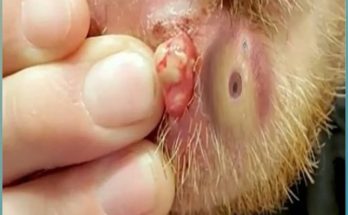Acne is one of the most common skin conditions globally, affecting nearly 85% of people between the ages of 12 and 24, and a growing number of adults. While not life-threatening, acne can lead to scarring, pigmentation issues, and deep emotional distress. The good news: dermatological science in 2025 offers more tools than ever to treat and reduce acne, regardless of age or skin type.
So what’s the best way to treat acne—and more importantly, prevent it from coming back? Experts say the answer lies in understanding your skin, being consistent with care, and targeting the root causes of breakouts.
Step One: Understand the Cause of Your Acne
Before treatment can begin, it’s essential to understand why acne forms. Acne develops when hair follicles become clogged with oil (sebum), dead skin cells, and bacteria. This leads to inflammation, blackheads, whiteheads, pimples, and, in more severe cases, painful cysts.
Key triggers include:
-
Hormonal fluctuations (especially androgens)
-
Genetics
-
Diet and lifestyle
-
Stress
-
Incorrect skincare products
-
Environmental factors (like humidity or pollution)
Once you know your potential triggers, you can build an acne-reduction strategy that actually works.
Step Two: Establish a Gentle, Consistent Skincare Routine
Cleanse Twice Daily
Use a gentle, sulfate-free cleanser formulated for acne-prone skin. Overwashing or scrubbing too hard can strip the skin and cause more breakouts.
Exfoliate (With Caution)
Use a chemical exfoliant like:
-
Salicylic acid (penetrates pores and dissolves oil)
-
Glycolic acid or lactic acid (removes dead skin cells)
Limit to 2–3 times a week to avoid irritation.
Moisturize, Always
Many acne sufferers skip moisturizer, fearing it will make skin oilier. In reality, using a non-comedogenic, oil-free moisturizer helps balance the skin and prevent excess oil production.
Use Targeted Treatments
Apply treatments only on affected areas, not your whole face:
-
Benzoyl Peroxide (kills bacteria and reduces inflammation)
-
Adapalene (Differin) or other retinoids (promote cell turnover and unclog pores)
Step Three: Consider Prescription Options
If OTC products don’t work, dermatologists may recommend:
-
Topical or oral antibiotics (e.g., clindamycin, doxycycline): Used for inflamed or persistent acne.
-
Hormonal treatments (e.g., birth control pills or spironolactone): Best for women with hormonal acne.
-
Isotretinoin (Accutane): Reserved for severe cystic acne, this powerful drug can lead to long-term remission.
“Medical treatment isn’t one-size-fits-all,” says Dr. Nia Jordan, a board-certified dermatologist in Atlanta. “It depends on the severity of acne, the patient’s age, and what’s driving the breakouts.”
Step Four: Treat Acne Scars and Pigmentation Carefully
Even when breakouts clear, many people are left with post-inflammatory hyperpigmentation or textured scars. Here’s how to manage them:
-
Niacinamide and azelaic acid can reduce pigmentation and calm skin.
-
Chemical peels, microneedling, and laser therapy help remodel skin over time.
-
Sunscreen is essential to prevent scars from darkening.
Step Five: Make Lifestyle Adjustments
1. Rethink Your Diet
While no food “causes” acne directly, studies show:
-
High-glycemic foods (white bread, sugar, processed snacks) can spike insulin and trigger oil production.
-
Dairy, especially skim milk, may influence hormonal acne in some people.
Try adding omega-3 fatty acids, zinc-rich foods, and antioxidant-rich fruits and vegetables.
2. Manage Stress
Chronic stress increases cortisol, which leads to more oil production and inflammation. Techniques like deep breathing, yoga, journaling, or walking outdoors can reduce stress-induced breakouts.
3. Sleep and Hydration
Lack of sleep and dehydration can impair skin barrier function and increase inflammation. Aim for 7–9 hours of quality rest and at least 8 glasses of water daily.
Step Six: Know When to See a Dermatologist
If acne persists after 6–8 weeks of consistent over-the-counter care—or if it’s painful, cystic, or causing scarring—see a professional. Early intervention can prevent long-term damage and improve treatment success.
“Waiting too long only increases the emotional and physical toll acne takes,” says Dr. Jordan. “There are effective options for everyone now.”
Final Tips for Lasting Results
-
Don’t pop pimples—it worsens inflammation and can cause scarring.
-
Always remove makeup before bed.
-
Avoid harsh scrubs, alcohol-based toners, or overuse of actives—these can strip the skin.
-
Patch test new products.
-
Stick to a routine for at least 6 weeks before judging results.
Conclusion: Acne Is Treatable—and You’re Not Alone
While acne can be persistent, it’s not permanent. The combination of modern science, smarter skincare, and healthy habits means clearer skin is more achievable than ever. Whether you’re a teen facing your first breakout or an adult dealing with hormonal flare-ups, the path to healing starts with knowledge, patience, and a plan.



